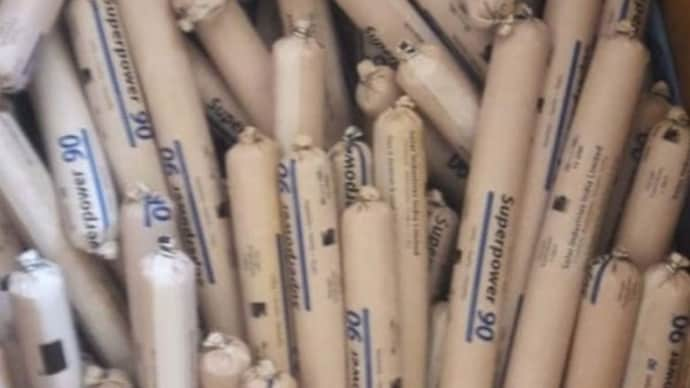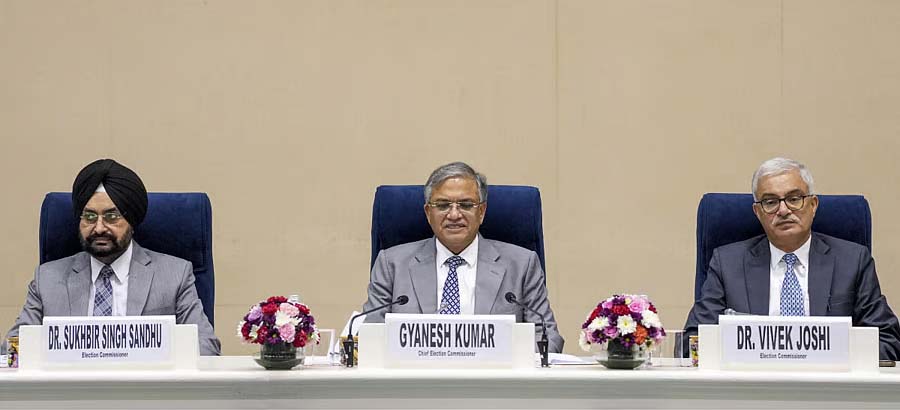BIG NEWS
- Delhi ‘worst in PM2.5 pollution’, Ethiopian ash ups woes, new charge in protest FIR
- PM Modi hoists saffron flag atop Ayodhya Ram temple, says centuries-old wounds healing today
- Resolution declares Anandpur Sahib Talwandi Sabo Galiara area around Golden Temple holy cities
- Plea against anonymous donations to political parties: SC issues notice to Centre, ECI
- Cinema icon Dharmendra dies at 89: police
- Winter intensifies in Kashmir, Srinagar records season's coldest night at -3.2 degrees Celsius
- Let's build a new UP inspired by ideals of Ram rajya: Yogi Adityanath
Delhi ‘worst in PM2.5 pollution’, Ethiopian ash ups woes, new charge in protest FIR


Public Lokpal
November 25, 2025
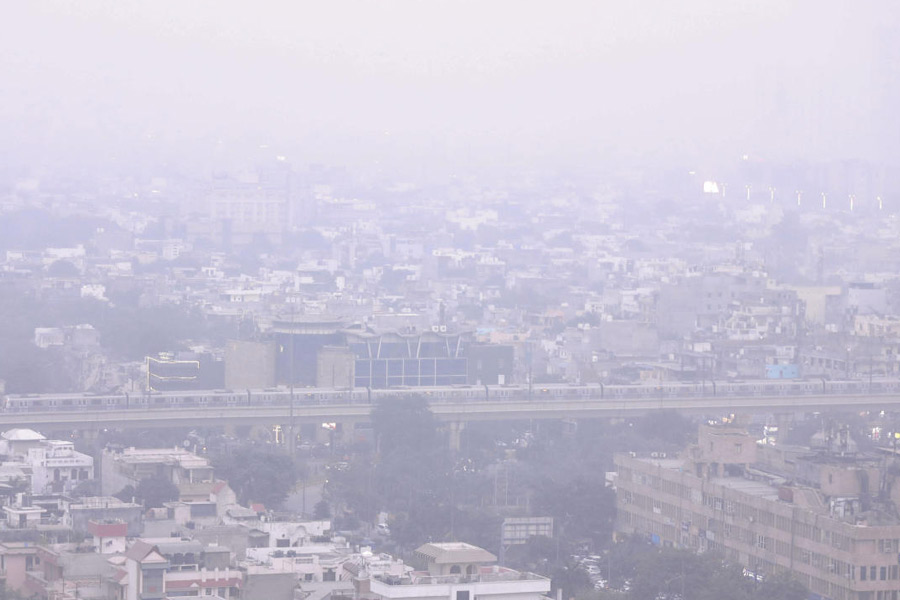

Delhi ‘worst in PM2.5 pollution’, Ethiopian ash ups woes, new charge in protest FIR
New Delhi: It was just another Terrible Tuesday for Delhi as a dense, lingering haze gripped the national capital that continued to battle ‘very poor’ air quality, compounded by concerns over drifting volcanic ash from Ethiopia, and a new satellite-based analysis placed the city at the bottom of India’s particulate pollution rankings.
The India Meteorological Department (IMD) confirmed that ash from the Hayli Gubbi volcano in Ethiopia’s Afar region — which erupted on Sunday with a plume rising to around 14 km — was moving eastward across the Red Sea.
Forecast models indicated possible influence over Gujarat, Delhi-NCR, Rajasthan, Punjab and Haryana for much of Tuesday, though the ash was expected to drift towards China and clear India’s skies by around 7.30pm.
Even without the volcanic intrusion, the capital’s air had already sunk deep into the danger zone. The Central Pollution Control Board’s (CPCB) morning bulletin placed Delhi’s AQI at 360 (‘very poor’), marginally lower than Monday’s 382, while the Rohini station recorded a ‘severe’ reading of 416 on the Sameer app. Authorities expect conditions to remain ‘very poor’ for several days.
The pollution spell came alongside a dip in temperature: Delhi recorded a minimum of 9°C — 2.3 degrees below the seasonal average — with moderate fog and a maximum temperature forecast of 27°C.
Satellite analysis paints bleaker long-term picture
A satellite-based analysis by the independent research organisation Centre for Research on Energy and Clean Air has ranked Delhi as the most polluted among 33 states and Union territories, recording an annual mean PM2.5 concentration of 101 micrograms per cubic metre between March 2024 and February 2025.
This is 2.5 times India’s national standard and 20 times the World Health Organisation guideline.
Chandigarh followed with 70 micrograms per cubic metre, then Haryana with 63 and Tripura with 62. Several other states, including Assam (60), Bihar (59), West Bengal (57) and Punjab (56), also breached the 40 micrograms per cubic metre National Ambient Air Quality Standard (NAAQS).
The study found that 447 out of 749 districts (60 per cent) exceeded the limit, with the worst readings concentrated in clusters.
Delhi and Assam, with 11 districts each in the top 50, accounted for almost half of the most polluted zones, followed by Bihar and Haryana with seven each.
States such as Delhi, Punjab, Haryana, Assam, Meghalaya, Tripura, Jammu and Kashmir, Himachal Pradesh and Chandigarh saw all monitored districts breach the limit.
New charges in anti-pollution protest FIR
Even as toxic air dominated public conversation, the Delhi Police escalated action against protesters involved in Sunday’s clean air demonstration at India Gate.
Officials said Section 197 of the Bharatiya Nyaya Sanhita — relating to imputations prejudicial to national integration — has been added to one of the FIRs after a group of demonstrators allegedly raised pro-Maoist slogans and used pepper spray on personnel attempting to disperse them.
Two FIRs were filed: one at the Kartavya Path police station against six protesters, and another at Sansad Marg police station against 17 individuals. Altogether, 22 people were remanded to judicial custody.
Police told the court Monday that the arrested protesters shouted slogans praising Maoist commander Madvi Hidma, killed in a gun battle on 18 November in Andhra Pradesh’s Alluri Sitaramaraju district.
According to the Kartavya Path FIR, officers had prior information that activists under the Delhi Coordination Committee for Clean Air — with expected participation from student groups including the left-backed AISA and the JNU Students’ Union — were planning to gather at India Gate, where protests are prohibited.
Despite warnings and instructions to move to Jantar Mantar, several demonstrators climbed barricades, blocked traffic for over an hour and allegedly assaulted police, with some using pepper spray.
Injured personnel were taken to RML Hospital.
A separate clash reportedly occurred at the Parliament Street police station when the detainees were brought in.
The Kartavya Path FIR now includes sections 74, 79, 115(2), 132, 197, 221 and 223 of the BNS, while the second FIR includes sections 223A, 132, 221, 121A and 126(2).

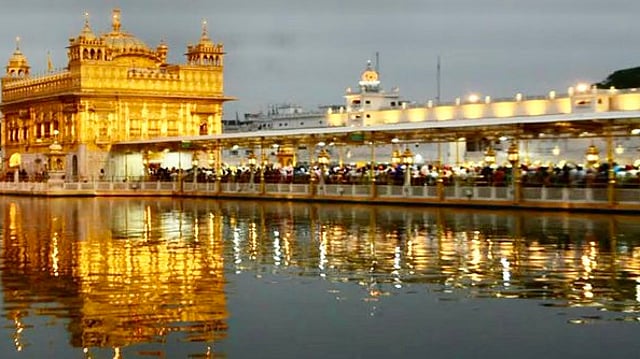
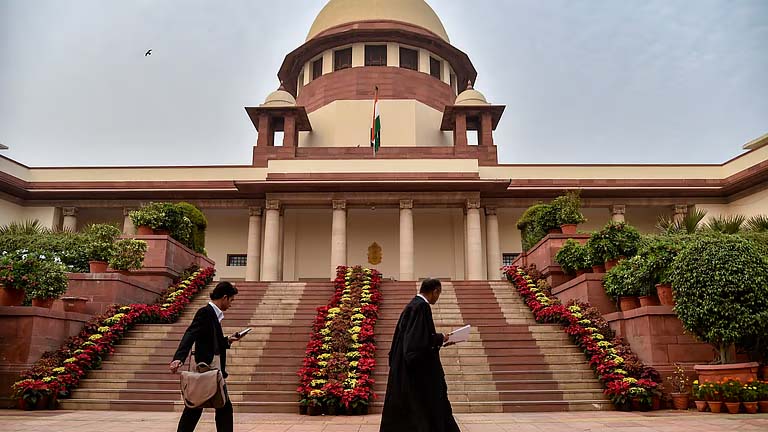
.jpeg)




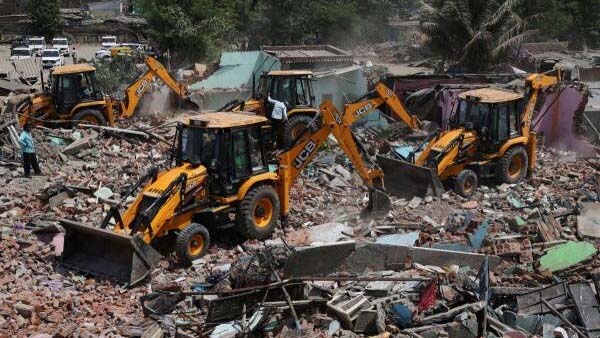
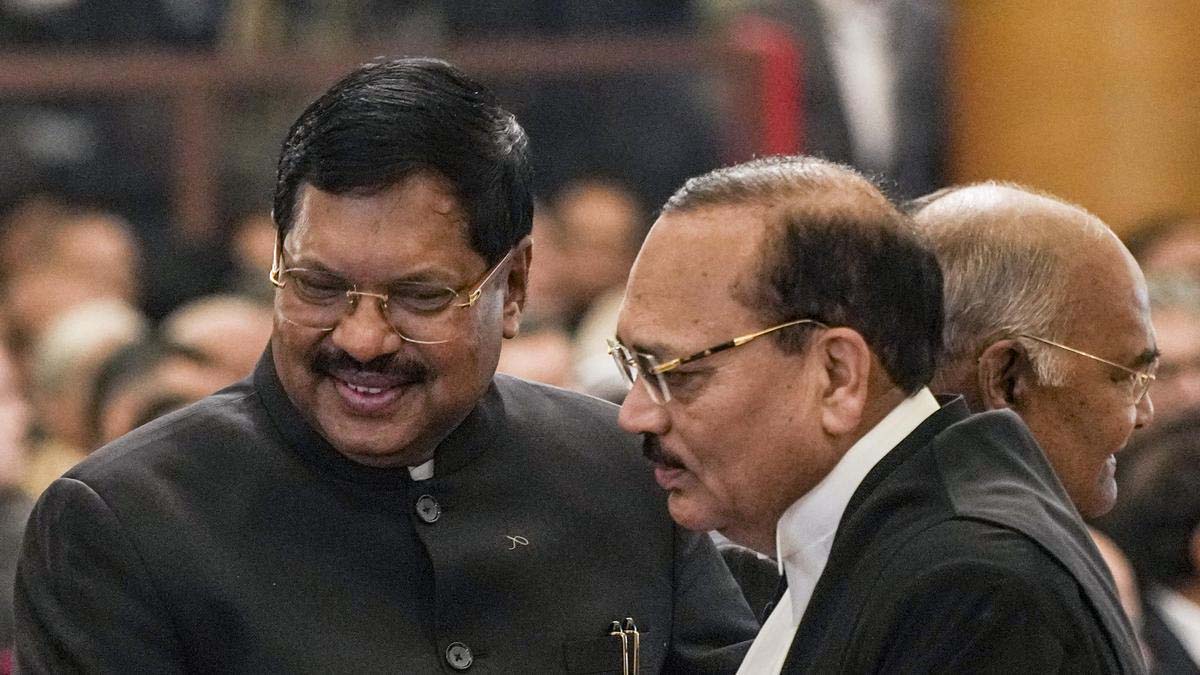
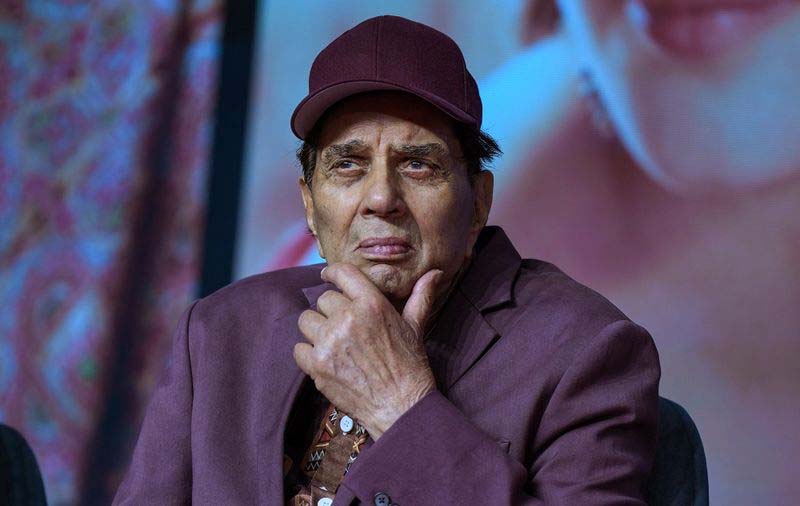
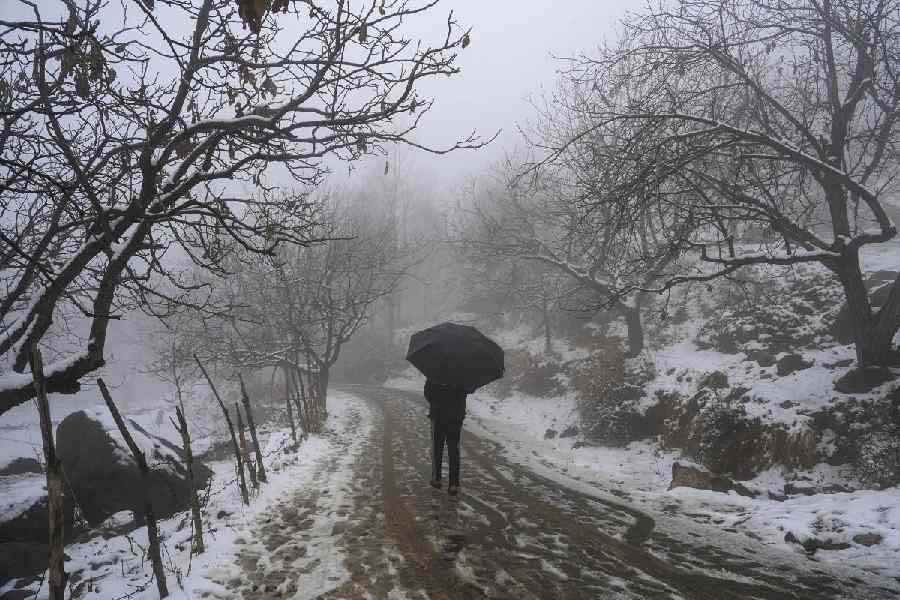


.jpeg)
